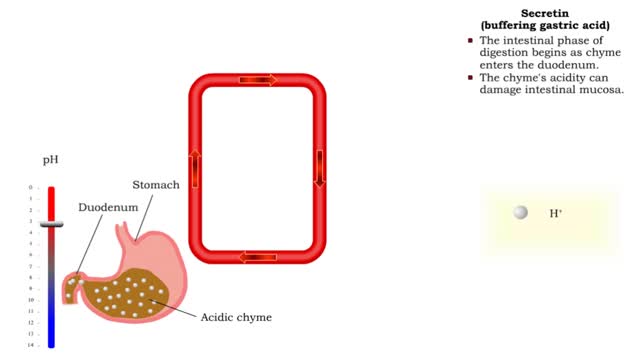Non-specific disease resistance mechanisms & Skin's defense barriers
By: HWC
Date Uploaded: 11/22/2019
Tags: homeworkclinic.com Homework Clinic HWC Non-specific disease resistance mechanisms Antimicrobial Digestive mucosa Respiratory mucosa Genitourinary mucosa Perspiration Keratin Lysozyme epidermis sebaceous glands Macrophages phagocytize microbes
• Non-specific disease resistance acts quickly to fight a wide variety of invaders. • Mechanisms include: • Barriers • Antimicrobial substances • Cellular defenses • Inflammation • Fever Barriers - types • Physical and chemical bathers prevent invasion by microbes. ▪ Physical barriers: • Skin. • Eye structures. • Digestive mucosa. • Respiratory mucosa. • Genitourinary mucosa. • Chemical barriers: • Perspiration. • Keratin. • Tears. • Lysozyme. Barriers - skin's physical defense • The body's major physical barrier to microbes is the skin. • The scaly tissue that forms the epidermis (keratinized stratified squamous epithelium) makes it difficult for microbes to penetrate the skin. • The most superficial layer of the skin is continuously sloughed off, removing live and dead microbes. Barriers - skin's chemical defense • The skin also provides effective chemical barriers. • Sebum: • Produced by sebaceous glands. • Inhibits bacterial growth. • Perspiration: • Produced by the sudoriferous glands. • Inhibits bacterial growth. • Contains lysozyme, which breaks down bacteria. Barriers - skin's cellular defense • The skin's cellular defense: Macrophages in the skin phagocytize microbes, preventing further invasion.
Add To
You must login to add videos to your playlists.
Advertisement












Comments
0 Comments total
Sign In to post comments.
No comments have been posted for this video yet.